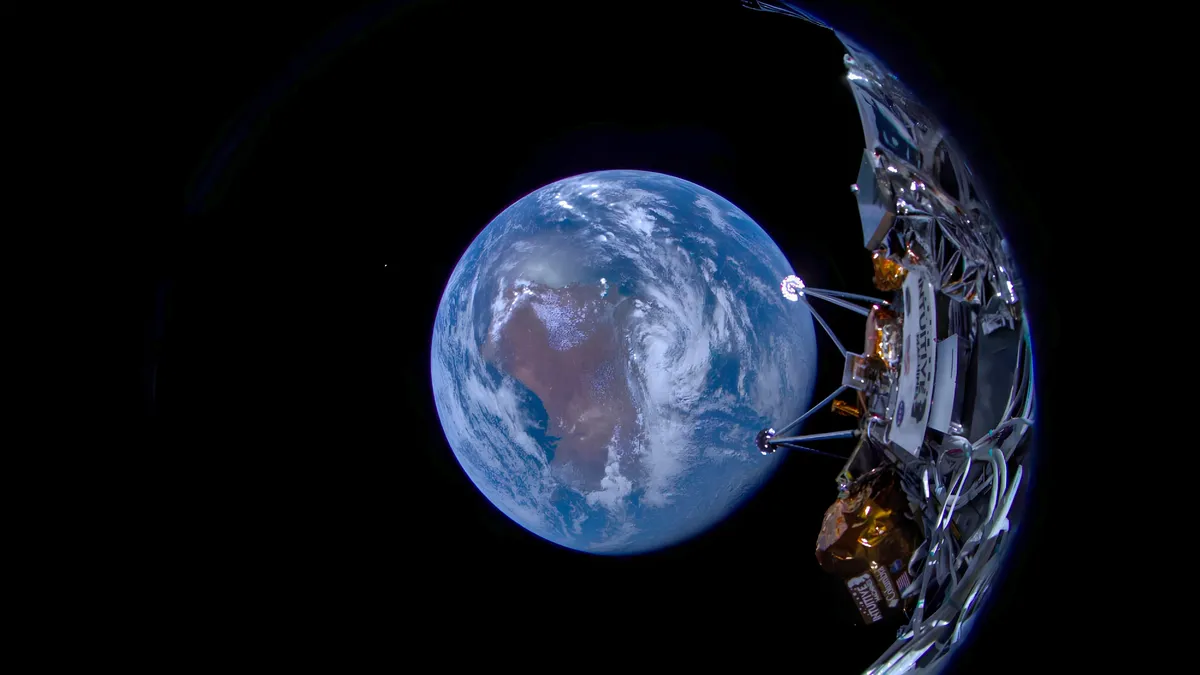Following a thrilling launch, SpaceX’s Odysseus lunar lander embarked on its mission to the moon, poised to capture unprecedented images and data. Programmed to snap five images every five minutes as it journeyed through space, Odysseus transmitted hundreds of captivating photos back to Earth. However, as the world eagerly anticipated its planned touchdown on February 22nd, complications arose.
Originally scheduled for a live-streamed landing attempt at 4:30 pm ET, Odysseus encountered setbacks. Technical issues with the lander’s laser rangefinders forced a two-hour delay, pushing back the anticipated landing time. Yet, even as the team prepared for the momentous descent, unexpected challenges emerged.
During the final descent, Odysseus deviated from its intended trajectory, landing at a slight angle instead of vertically as planned. Analysis revealed that the lander’s descent speeds were higher than expected, potentially leading to a gentle tip-over upon landing. Despite this deviation, the mission team remains hopeful and eager to gather crucial data from Odysseus.
However, the lander’s stay on the moon is limited by the harsh lunar environment. With its electronics ill-equipped to withstand the frigid temperatures of the lunar night, Odysseus faces a finite lifespan. The team anticipates that within approximately nine days, the sun’s movement will render Odysseus’ solar arrays ineffective, marking the beginning of its end.
The mission team remains committed to extracting as much valuable data as possible from Odysseus’ lunar landing. With the promise of forthcoming insights from the onboard EagleCam and continued analysis of mission data, the Odysseus mission represents a bold leap forward in lunar exploration, despite its initial hiccups.



















